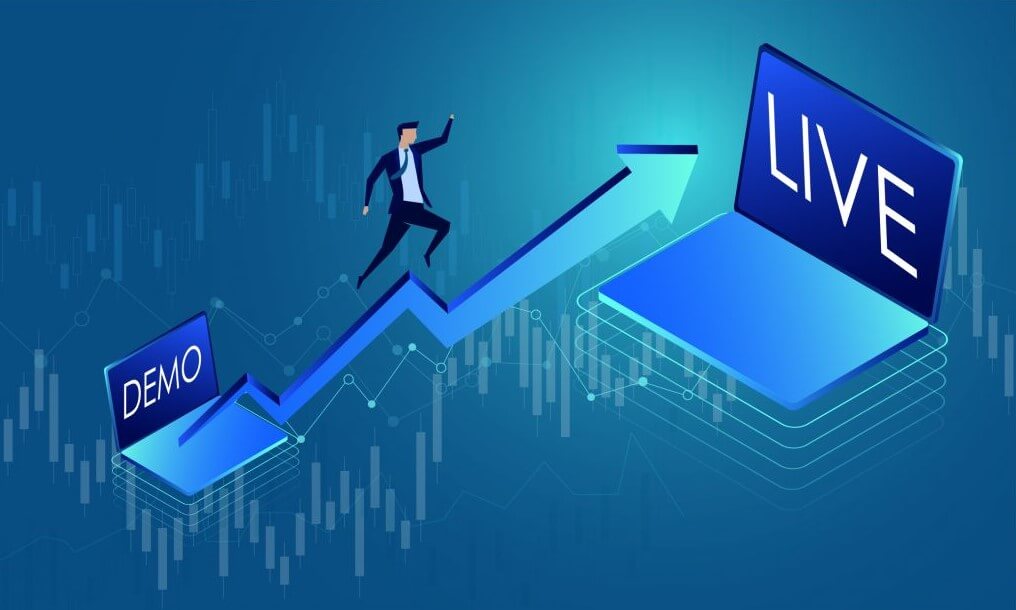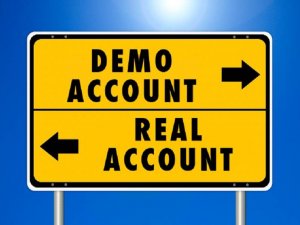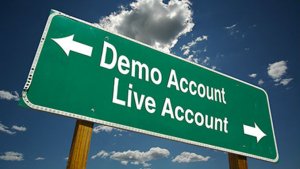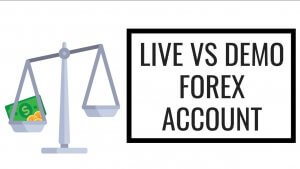Have you been considering the benefits of becoming a forex trader lately? Perhaps you’ve heard stories from close friends or family members about the success that it has brought them, or you might have stumbled upon trading articles online that inspire you to try it. Daydreaming about becoming a successful forex trader is one thing, but many of us find that actually opening a live account is another. After all, you might be wondering if you’re truly ready or you could be having a tough time committing to making that initial investment. Don’t worry though – we’re here to tell you if you’re ready, or if you need to spend more time preparing so that you’re more likely to be successful.
Sign #1: Your Demo Results Say Yes
If you’re truly considering switching to a live account, we hope you’ve been practicing on your demo account first. If you don’t even know what that is, you should know that demo accounts are hands-on tools that are offered for free by most forex brokers. These accounts allow you to trade in a live environment while using fake currency so you’re not at any financial risk. Beginners can really learn the ropes by using these accounts because they will allow you to become acquainted with the mechanical aspects of trading, like working a platform or entering trades, exiting, and so on, you can test different strategies with them, and can still benefit from using them later on. If you haven’t signed up for a demo account yet, this is where you should start.
On the other hand, if you’ve already opened your demo account and you’ve been trading on it for a while, your next step is to analyze your performance. A good indicator that you’re ready to move on would be consistent profits with noticeable improvement since you first started. This doesn’t mean you have to win every single trade you’ve entered, but you should be able to tell that you’re improving as a trader and that you would be making profits on a live account rather than losing money. If you’re not quite there yet, don’t jump the gun and open a live account yet. Instead, spend some more time practicing.
Sign #2: You Have a Risk-Management Plan
It’s been said that 50% of your trading success depends on your risk-management plan. To be clear, this defines the way that you plan on reducing the overall amount of money you risk when trading. You’ll want to consider how much you’re willing to risk on each trade for starters, as some beginners make the mistake of risking way too much at first, which leads to a blown account. Some experts recommend limiting your risk to 1-2% of your account balance per trade, while others suggest that it’s better to analyze each individual trade to decide how much to risk based on the chances of that trade being successful.
You’ll also want to employ stop losses to ensure that you don’t lose too much on your trades if the market moves against you. If you’re already considered different risk-management strategies and you have the answers to these questions, then you might be ready to move on. Otherwise, you should spend more time developing your risk-management plan to ensure that you don’t lose a lot of money in the beginning.
Sign #3: You Can Handle Losses
This one might be a little harder to answer considering that your only experience so far likely comes from a demo account. This is because those that are trading on a demo don’t have any real money at risk, so they are less likely to succumb to the emotional aspect of trading. Still, traders should take their demo results seriously, so you’re still likely to feel a little sting when you lose. Try to think of the way you feel when you do lose on the demo account and how you might feel if you had actually lost that money in real life. If you think you could handle it calmly, you’re probably ready to move on.
Sign #4: You’ve Invested Time into Choosing the Right Broker
What broker do you plan on using? Some might already have a broker in mind or plan to open a live account through the broker they’ve been using for demo trading. If you do plan to use the broker you’ve been demo trading through, you will already have an idea of what their conditions are like, but there is more left to consider. For example, do you know anything about the funding options offered or how much will be taken in fees when you withdraw money? Some brokers will allow you to withdraw for free, while others charge fees upwards of 7%.
Think about the difference that will make in your profits. What about hidden charges, such as inactivity or maintenance fees? Before making a final decision, you need to go over everything on the broker’s website, including their terms and conditions, or else you could find some nasty surprises later on. Truly researching any broker you plan on choosing is the last sign that you’re ready to put in the effort and make the observations required of you as a true forex trader.






